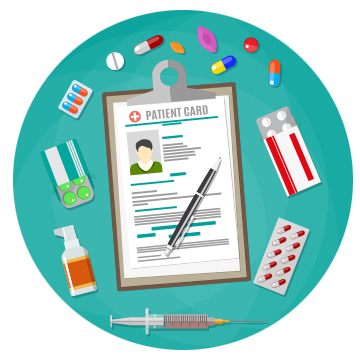Module 1: Professional Accountability and Prescribing
Lesson 4
Treatment agreements to increase prescription safety
Treatment agreements are tools used to communicate the patient’s management plan, which include specific criteria related to controlled drugs and substances. The word “contract” has been used to refer to these documents in the past; however the word “treatment agreement” is preferred as it suggests a more collaborative relationship between the patient and team of providers (Cheatle & Savage, Informed consent in opioid therapy: A potential obligation and opportunity, 2012).
Many jurisdictions will also have sample treatment agreements in their respective College’s tool kits.
When discussing terms and establishing a treatment agreement with a patient, it is important to be non-judgmental and create an open, therapeutic and trusting environment where honest conversations can occur and realistic expectations can be created.
These agreements can include information about:
- the controlled drug(s) or substance(s) being prescribed (e.g. dose, frequency);
- provider(s) who will prescribe the medications;
- the pharmacy that will dispense the medications;
- management goals;
- risks and benefits of the controlled drugs and substances and other treatments being used; and
- expectations of both the patient and provider related to regular visits, consumption of alcohol and other substances (e.g., marijuana and other illicit substances), urine drug screening, counselling and other supports.
Related Resources
- Sample treatment agreement templates can be accessed in the Practice Toolkit.
- Module 4 – Lesson 2 – Treatment Agreements
